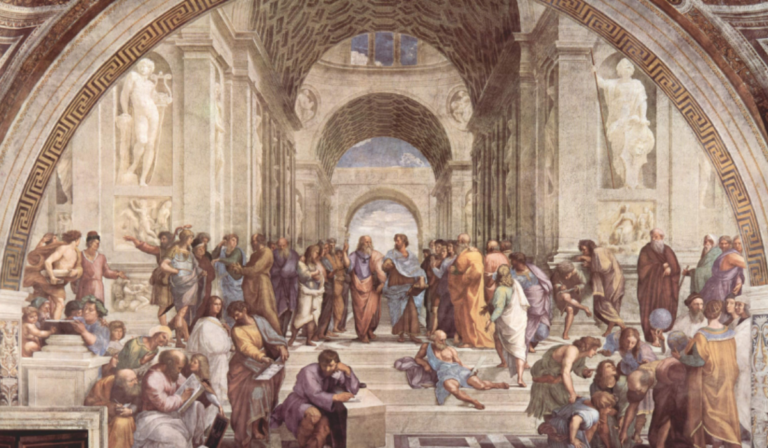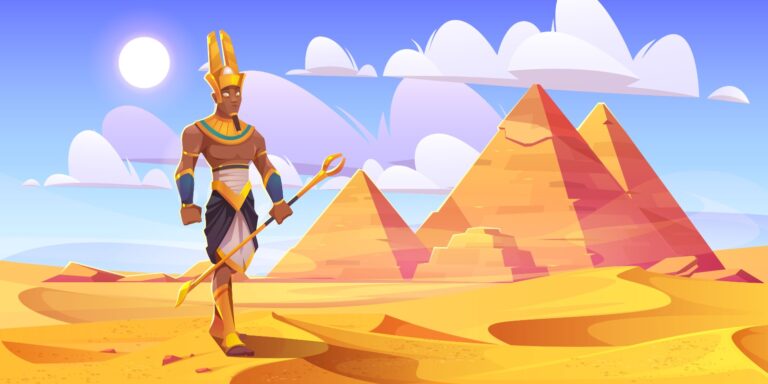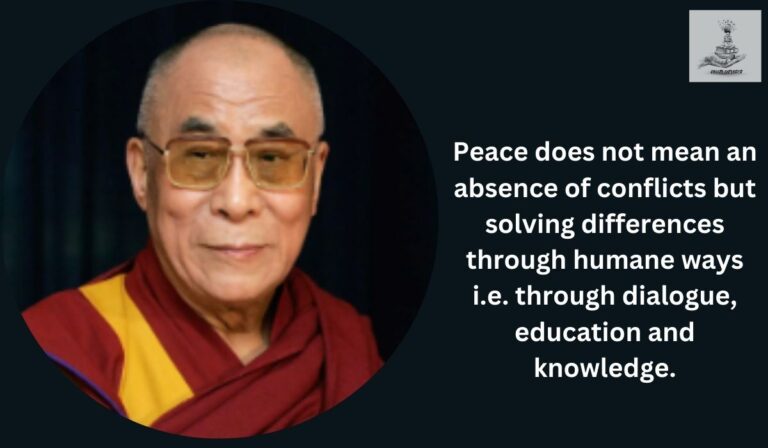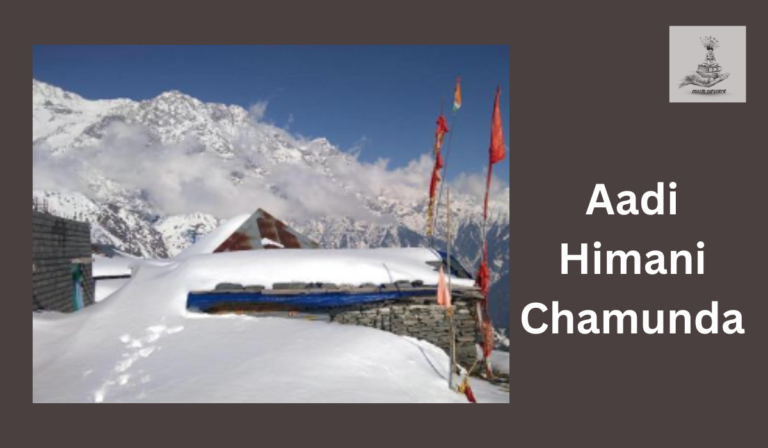Culture and Civilization Notes
Introduction
Let’s embark on an exciting tour into India’s heart. a region that serves as a live example of the extraordinary diversity of human culture. Its diverse linguistic groups, well-ingrained customs, and various landscapes. India has spent hundreds of years creating a beautiful tapestry. With its distinct beauty, this colorful mosaic never fails to enthrall people worldwide. We’re going to examine the cultural icons, historical foundations, and ongoing legacy that sum up India today.
| Aspect | Civilization | Culture |
| Definition | An advanced state of human society, marked by progress in the arts and sciences, complex institutions, and a developed way of life. | The ideas, beliefs, customs, practices, and material things that are passed down from one generation to the next within a society. |
| Scope | Encompasses the broader organization of human societies, including political structures, technological advancements, and social organization. | Focuses on the shared values, traditions, rituals, arts, and language that define a particular group of people. |
| Formation | Arises from the development of complex societies with organized structures, governance, and the ability to create and sustain infrastructure. | Emerges through shared experiences, historical events, and the interactions of people within a community. |
| Expression | Manifests in physical structures, systems of governance, and societal advancements, showcasing a society’s achievements. | Expressed through language, art, music, rituals, and everyday practices, reflecting the identity and values of a community. |
Historical Origins
India’s civilization began long ago, way back to what we call the Indus Valley Civilization, which thrived from about 3300 to 1300 BCE. It was one of the earliest city-based cultures globally. They were pretty smart, you know, with fancy city planning and cool drainage systems. This ancient society set the stage for all the culture and heritage that came after it.
Vedic Period
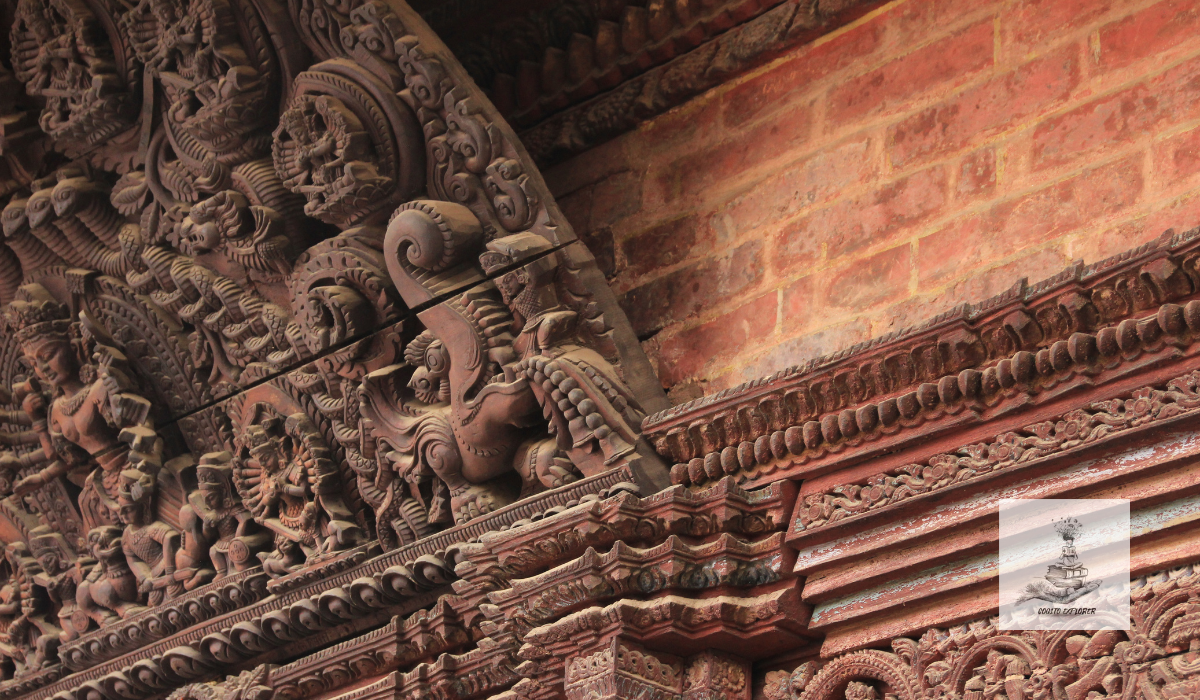
Around 1500 to 500 BCE, during what we call the Vedic period, something important happened. Vedic literature, a bunch of hymns and rituals, showed up, and it’s kind of a big deal because it forms the foundation of Hinduism. Oh, and around this time, the caste system started taking shape, and that had a pretty long-lasting impact on how society was structured for many, many years.
Maurya and Gupta Empires
There was the Mauryan Empire, which lasted from 322 to 185 BCE, and the Gupta Empire, which lasted from 320 to 550 CE. They were both very influential in the development of India. Emperor Ashoka of the Mauryan Empire had a strong interest in Buddhism. He disseminated its lessons everywhere. When the Gupta Empire came around, it was like the “Golden Age of India“. It was a period of major developments in math, science, and the arts. For India, it was a wonderful period.
Islamic Influence
Islam arrived in India in the seventh century, bringing with it a completely new fusion of civilizations. Then, from 1526 to 1857, there was an empire known as the Mughal Empire, which accomplished something extremely impressive. It combined elements of Indian and Persian architecture, which is how magnificent structures like the Taj Mahal came to be. It resembles the best parts of both worlds combined.
Colonial Period
The arrival of European powers, particularly the British, had a profound impact on Indian civilization. The struggle for independence, led by iconic figures like Mahatma Gandhi, eventually culminated in India gaining its freedom in 1947. This period of colonial rule left an indelible mark on Indian society, influencing politics, education, and governance.
Cultural Diversity
India’s cultural diversity is unparalleled, with 28 states and 8 Union Territories, each boasting its language, cuisine, and traditions. From the colorful festivals of Holi and Diwali to the intricate classical dance forms like Bharatanatyam and Kathak, every region contributes to the cultural kaleidoscope that is India.
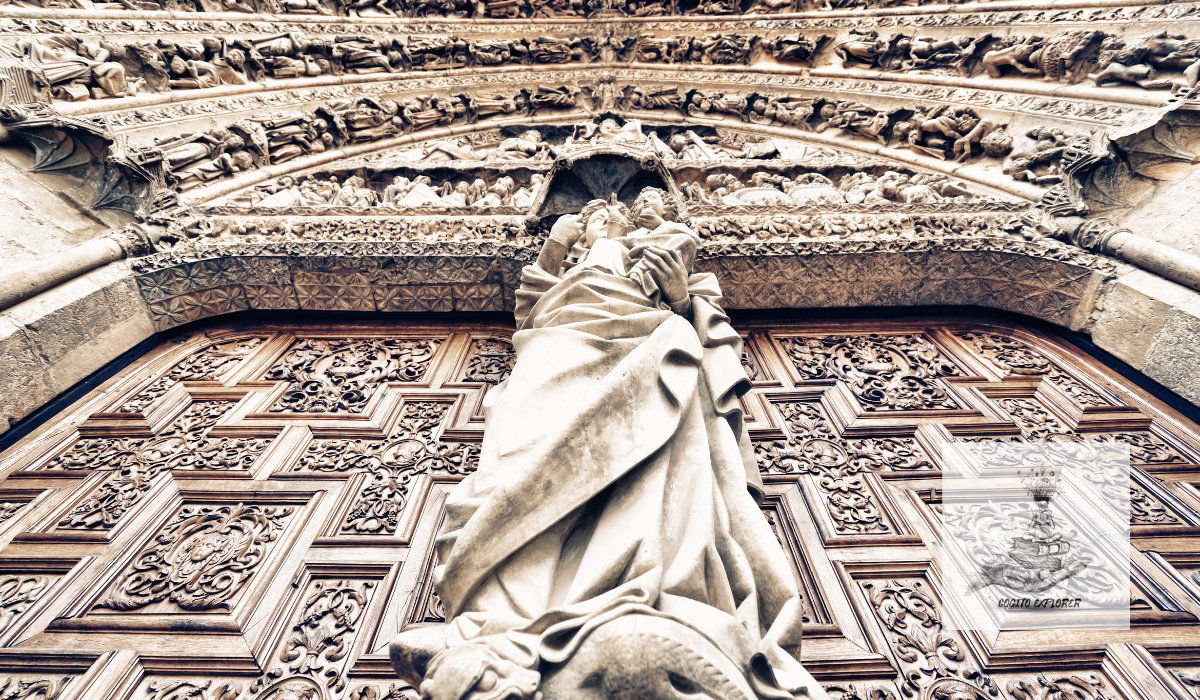
Religious Pluralism
Let’s discuss India, the amazing country that gave rise to many of the main world faiths, including Buddhism, Sikhism, Jainism, and Hinduism. However, it doesn’t end there! India is a religious melting pot with a large number of Christians, Muslims, Sikhs, Buddhists, and adherents of other faiths. This exquisite religious tapestry showcases India’s exceptional gift of religious tolerance. where tolerance and harmony are a way of life rather than merely ideals.
Traditional Arts and Crafts
Indian craftsmanship is renowned globally for its intricate designs and vibrant aesthetics. From the delicate embroidery of Kashmir to the silk weaving of Kanchipuram, traditional arts and crafts are an integral part of Indian culture. Handicrafts like pottery, woodwork, and metalwork also reflect the skill and creativity of Indian artisans.
Modern Influences
In the contemporary era, Indian culture has found its way onto the global stage through Bollywood cinema, which has a massive international fan base. Indian cuisine, with its rich flavors and diverse dishes, has also gained widespread popularity, making Indian restaurants a culinary delight worldwide.
Culture vs. Heritage
Culture refers to the shared beliefs, customs, arts, and social behaviors of a particular group. It encompasses the way people live, their language, rituals, and artistic expressions. On the other hand, heritage pertains to the inheritance of physical and intangible aspects passed down from previous generations. While culture is dynamic and evolving, heritage is often considered the legacy that endures over time.
In essence, culture is the living, breathing expression of a community, while heritage encapsulates the tangible and intangible treasures that shape a collective identity.
Traditions vs. Cultures
Traditions are specific customs, rituals, and practices handed down from one generation to the next within a particular community. They are the threads that weave the fabric of a culture, providing a sense of continuity and shared identity. Cultures, on the other hand, are broader and encompass the totality of a way of life, including language, social norms, and artistic expressions.
In summary, traditions are the intricate details that contribute to the larger tapestry of a culture. While traditions are part of a culture, culture is the encompassing umbrella that includes traditions along with a myriad of other elements.
Society vs. Civilization
Society refers to a group of individuals who share a common geographic territory and are connected by social relationships. It involves interpersonal connections, shared norms, and a collective sense of identity. Societies can be small and local or large and global.
Civilization, on the other hand, is a more complex term, often associated with advanced social, cultural, and technological development. It implies the existence of organized cities, complex systems of governance, and cultural achievements. While societies can exist within civilizations, not all societies contribute to the formation of a civilization.
| Advantages of Civilization | Disadvantages of Civilization |
| Technological Advancements | Inequality |
| Social Organization | Environmental Impact |
| Cultural Exchange | Conflict and Warfare |
| Advantages of Culture | Disadvantages of Culture |
| Identity and Belonging | Resistance to Change |
| Artistic and Intellectual Expression | Cultural Clashes |
| Social Cohesion | Cultural Hegemony |
Indian Civilization and Culture Summary
The story of Indian civilization and culture is an epic journey through time, shaped by diverse influences and marked by resilience. From the ancient Indus Valley to the bustling streets of modern cities, India’s heritage is a living testament to the human spirit’s capacity for creativity, adaptability, and endurance. As we continue to explore and appreciate the richness of Indian civilization, we uncover a cultural legacy that remains an enduring source of inspiration for people around the world.
Indian civilization and culture question answer
Q: What is the significance of the Vedas in Indian civilization?
A: The Vedas are ancient sacred texts in Hinduism, serving as the foundation for religious and philosophical traditions. They contain hymns, rituals, and guidance on moral and spiritual conduct.
Q: Can you explain the concept of Dharma in Indian culture?
A: Dharma is a central concept in Indian philosophy, representing one’s duty, moral and ethical responsibilities, and righteous conduct. It varies based on one’s societal role, age, and other factors.
Q: What are the major contributions of ancient India to mathematics and science?
A: Ancient Indians made significant contributions to mathematics, including the invention of zero, the decimal system, and the concept of infinity. Ayurveda (traditional medicine) and astronomical advancements are notable in science.
Q: How has Indian art and architecture evolved over the centuries?
A: Indian art and architecture have evolved through various periods, from the intricate carvings of ancient temples like Khajuraho to the grandeur of Mughal architecture, such as the Taj Mahal. Each era reflects unique styles and influences.
Q: What is the role of festivals in Indian culture?
A: Festivals play a crucial role in Indian culture, fostering unity and celebrating religious, cultural, and seasonal events. Diwali, Holi, Eid, and Christmas are examples of festivals celebrated across different communities.
Q: How has Indian cinema impacted global entertainment?
A: Indian cinema, particularly Bollywood, has gained international recognition for its vibrant storytelling, music, and dance. It has contributed to the global appeal of Indian culture and has a substantial fan base worldwide.
Q: What are the principles of traditional Indian dance forms like Bharatanatyam and Kathak?
A: Traditional Indian dance forms are characterized by intricate footwork, expressive gestures, and storytelling. Bharatanatyam is rooted in Tamil Nadu, while Kathak originated in North India, both showcasing the rich cultural heritage.


